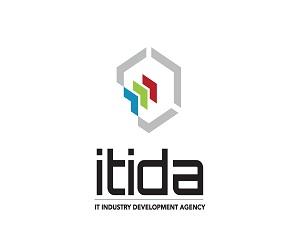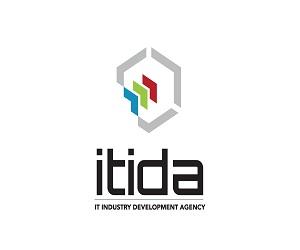By : Basel Khaled
Are you confident that your valuable data is protected from unexpected disasters or cyber threats? Consider this: 1 in 10 computers fall victim to viruses, and a staggering 113 phones are stolen every minute every day. With data loss being a sudden and potentially irretrievable nightmare, ensuring reliable backups is non-negotiable. March 31st, celebrated as World Backup Day, is a poignant reminder of this essential task. Let's delve into the common backup mistakes people make and how to steer clear of those.
1. Skipping regular backups: The most common mistake is forgetting to back up data regularly. Whether personal files or crucial business documents, not establishing a consistent backup routine leaves you vulnerable to data loss. Unexpected system crashes or malware attacks can happen anytime, making your precious data inaccessible or permanently lost. But you can help avoid such a situation by setting up automatic backups.
2. Putting all faith in a single backup device: A device can get damaged or stolen, putting your backups at risk, so depending entirely on one storage medium is playing a dangerous game with your data’s safety.
Instead, diversify your backup storage solutions with a combination of external HDDs, NAS, and cloud storage. Portable HDDs like those from WD like Western Digital®'s My Passport™ offer up to 5TB* for simple, cost-effective backups. For smartphones, 2-in-1 flash drives such as SanDisk Ultra® Dual Drive Go USB Type-C™ and SanDisk® iXpand® Flash Drive Luxe are convenient options. These drives, compatible with USB Type-CTM devices, automatically back up photos, videos, and more. Just plug and play for seamless data transfer across devices. If you need a device to store huge amounts of data, then the desktop drive called My Book™ from WD(R) is just the product for you, with up to 22TB* of storage capacity.
3. Forgetting version control: Overlooking version control during backups is another blunder. Not keeping multiple versions of files increases the chance of saving corrupted or wrong data over previous versions. Without a proper versioning system, fixing mistakes or retrieving older versions can become a challenge. To prevent forgetting version control, establish a system that tracks changes to your files over time. This ensures that you can always revert to earlier versions if needed, helping protect against accidental data loss or corruption. Regularly maintaining this system will help you stay organized and prepared for any unforeseen issues. Additionally, it's crucial to verify the version you're backing up to ensure it's the correct one. This simple step can help prevent accidental overwriting of important data with potentially corrupted or incorrect versions. Double-checking ensures that you're safeguarding the most up-to-date and accurate information, minimizing the risk of errors during backups.
4. Ignoring off-site backup solutions: Many people overlook off-site backup solutions, assuming local backups are foolproof. However, relying solely on local backups makes you vulnerable to site-specific disasters like fires or theft. Using off-site backups means keeping copies of your data in different places so that if something bad happens in one area, your data stays safe.
As an alternative, you could use cloud storage. Cloud backup devices are popular for remote data storage accessible via the internet. Various online cloud services offer features like file synchronization, sharing, and encryption for secure data storage.
5. Underestimating encryption: Not prioritizing encryption in backups can be a costly mistake. Storing unencrypted backups makes your sensitive data vulnerable to unauthorized access or breaches. Implementing strong encryption ensures even if your backups fall into the wrong hands, the data remains protected. However, it is equally important to remember not to opt for out-of-the-box encryption solutions, as they might make it difficult for you to retrieve the backed-up information later. My Passport™ HDD and My Book™ from WD come equipped with built-in 256-bit AES hardware encryption with password protection that helps keep content secure. Additionally, maintaining proper key management practices is essential to ensure smooth decryption and access to your data when needed.
This World Backup Day, Western Digital urges you to back up your data safely, and at the same time, prepare for the unexpected by having a contingency plan in place for device mishaps like crashes, theft, or damage. Worrying about losing data isn’t something you have to lose sleep over if you have an active data backup strategy. A common rule of thumb for keeping important data from disappearing forever is the 3-2-1 Rule. It dictates that you should:
3
Have THREE copies of your data. One is a primary backup and two are copies.
2
Save copies of your backups on TWO different types of media or devices.
1
ONE backup copy should be kept offsite in case of disaster.
Determine where and how you'll store backup files and identify support contacts for swift assistance. These proactive measures ensure quick data recovery and safeguard your cherished memories for the long haul.
* 1GB=1,000,000,000 bytes. 1TB=1,000,000,000,000 bytes. Actual user storage less.
Western Digital, the Western Digital design, the Western Digital logo, SanDisk, WD, iXpand, My Book, My Passport, and SanDisk Ultra are registered trademarks or trademarks of Western Digital Corporation or its affiliates in the U.S. and/or other countries. USB Type-C is a registered trademark of USB Implementers Forum. All other marks are the property of their respective owners.














































































